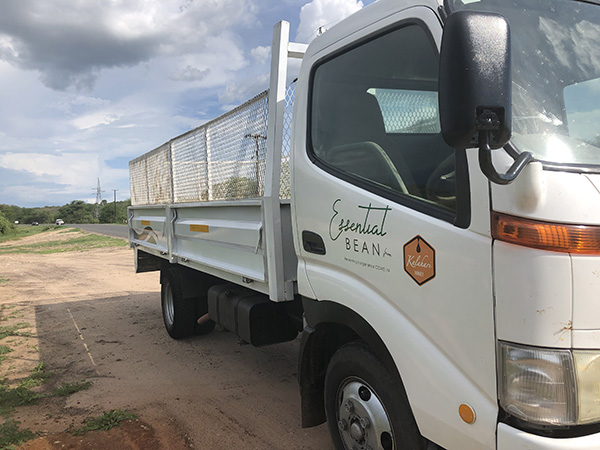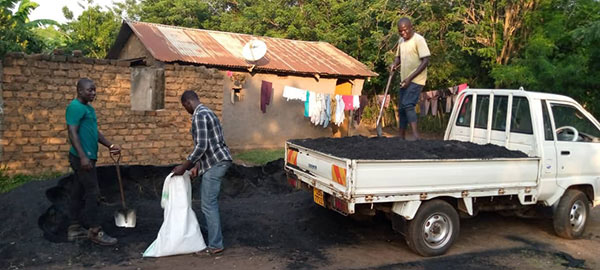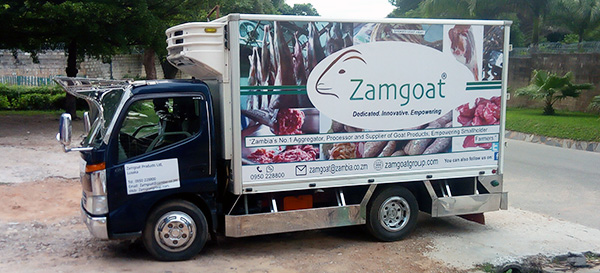
How do you get from problem to solution to profitable company in Africa? Like everywhere else, it’s complicated, but the third step is simple.
Step 1, find a problem and develop a solution that customers will pay for. For Africa Eats, that problem is most often two sided, lack of demand by smallholder farmers and lack of supply by formal and informal restaurants and retailers.
Step 2, connect supply and demand, iterating on the business model and bootstrapping the early sales. This is far easier said than done, a far bigger challenge in reality than most people think, and where most entrepreneurs give up.
This is where our partner Fledge finds great investment opportunities. This is where most of the Africa Eats companies were discovered, with a hand up in both capital and guidance by Fledge to get the companies primed for growth to reach a significant scale.

Step 3 takes the early success and scales it up. This is where the prototype equipment is replaced with full-scale commercial equipment. This is where processes and procedures are put in place as sales double or triple or quintuple year over year.
And this is when a typical African startup finally buys its first vehicle. To American and European eyes, it can seem impossible to run a $250,000/yr or $500,000/yr annual revenue company without a vehicle, but that is totally common in Africa.

$20,000 buys a simple, used pickup truck, and that can be all it takes for a company to double revenues, from $250,000 to $500,000 or from $350,000 to $700,000, simply by allowing the company to pickup inputs and distribute outputs without having to find “the guy with the truck” to hire.

Africa Eats provided the capital to buy a few trucks in 2020, then more in 2021, 2022, 2023, and so on. Most investors find that boring. Most investors want to see innovations, not investments in 120+ year old technology. At Africa Eats, we prefer investing in what has proven to work for over a century. Trucks. Refrigeration. Mechanization.
At Africa Eats, we work with our investees on improving logistics, growing the top line, and sweating the details on operations to not just earn a profit, but to grow margins.
This is probably why nearly all of our companies are profitable and why we see such fast revenue growth.



